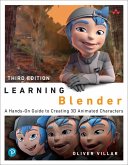
Broschiertes Buch
3. Aufl.
22. April 2021
Addison-Wesley / LAP Lambert Academic Publishing
| eBook, ePUB | 24,95 € | |
| eBook, PDF | 22,95 € |
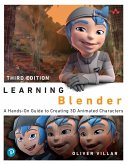
22,95 €
Sofort per Download lieferbar
24,95 €
Sofort per Download lieferbar
14,95 €
Sofort per Download lieferbar
eBook, ePUB
1. November 2011
Monthly Review Press
Ähnliche Artikel

Gebundenes Buch
Application to OTT Video Streaming and VoIP Services
15. Juli 2017
Elsevier Science & Technology / ISTE Press - Elsevier
C2015-0-05972-X
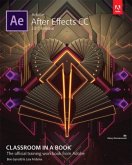
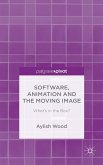
Gebundenes Buch
What's in the Box?
2015
12. Dezember 2014
Palgrave Macmillan UK / Palgrave Pivot / Springer Palgrave Macmillan
978-1-137-44884-2
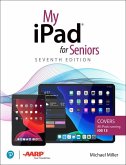
23,99 €
Versandfertig in über 4 Wochen

Gebundenes Buch
Repr. d. Ausg. v. 2007
26. November 2007
Springer / Springer US / Springer, Berlin
11381075,978-0-387-74314-1
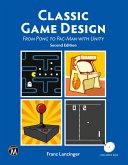

Broschiertes Buch
Analyse der Aufnahme und Projektion von 3D-Bildern
Aufl.
9. Mai 2012
AV Akademikerverlag

Broschiertes Buch
2009
6. September 2014
Springer / Springer US / Springer, Berlin
978-1-4899-8523-1

Broschiertes Buch
Mit Shockwave und Flash
Softcover reprint of the original 1st ed. 1998
14. April 2014
Springer / Springer Berlin Heidelberg / Springer, Berlin
978-3-642-48791-0
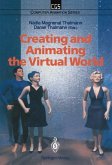
Broschiertes Buch
Softcover reprint of the original 1st ed. 1992
19. Januar 2012
Springer / Springer Japan / Springer, Berlin
978-4-431-68188-5
Ähnlichkeitssuche: Fact®Finder von OMIKRON
